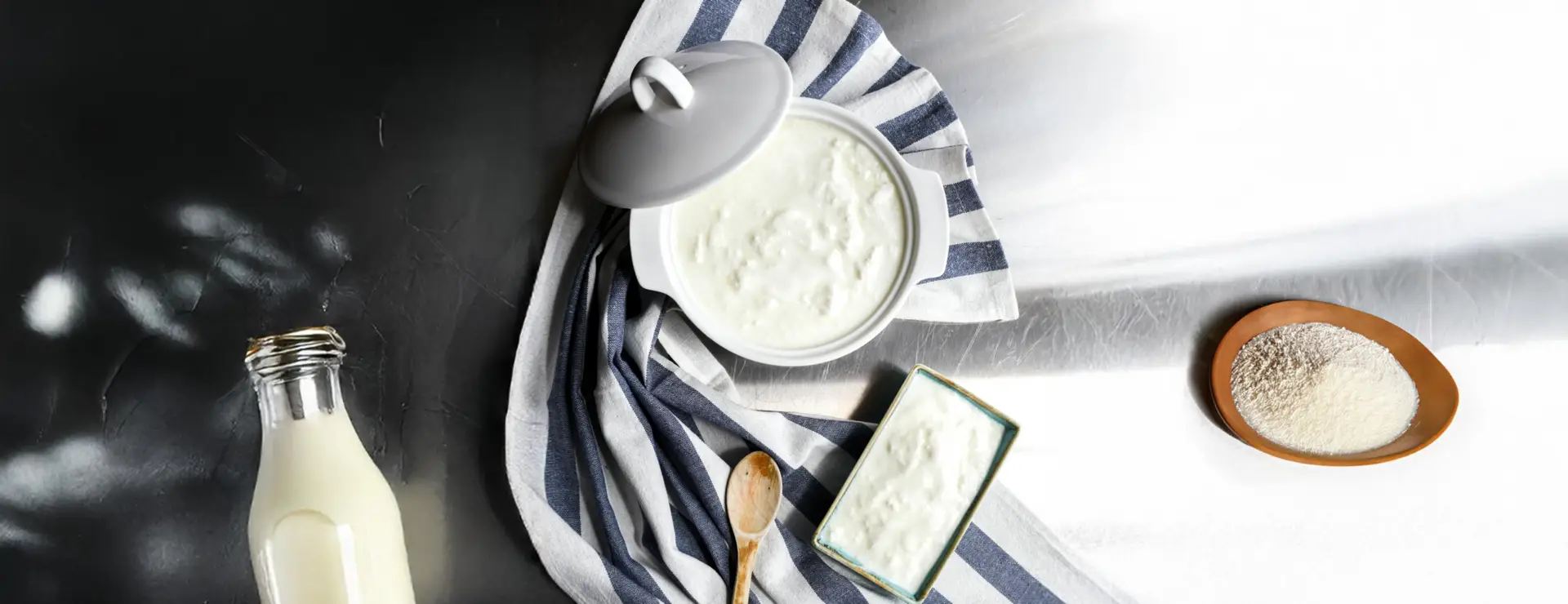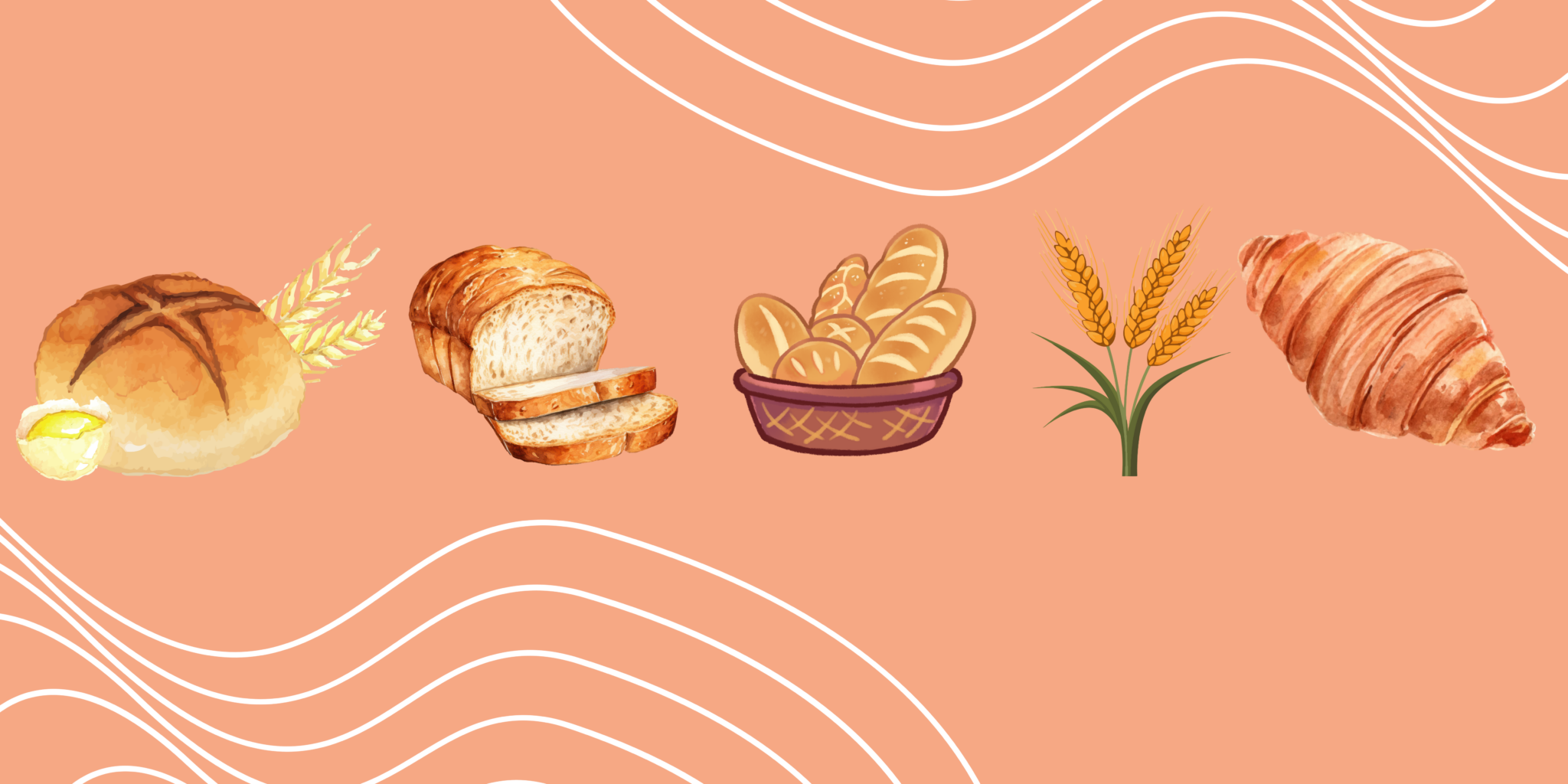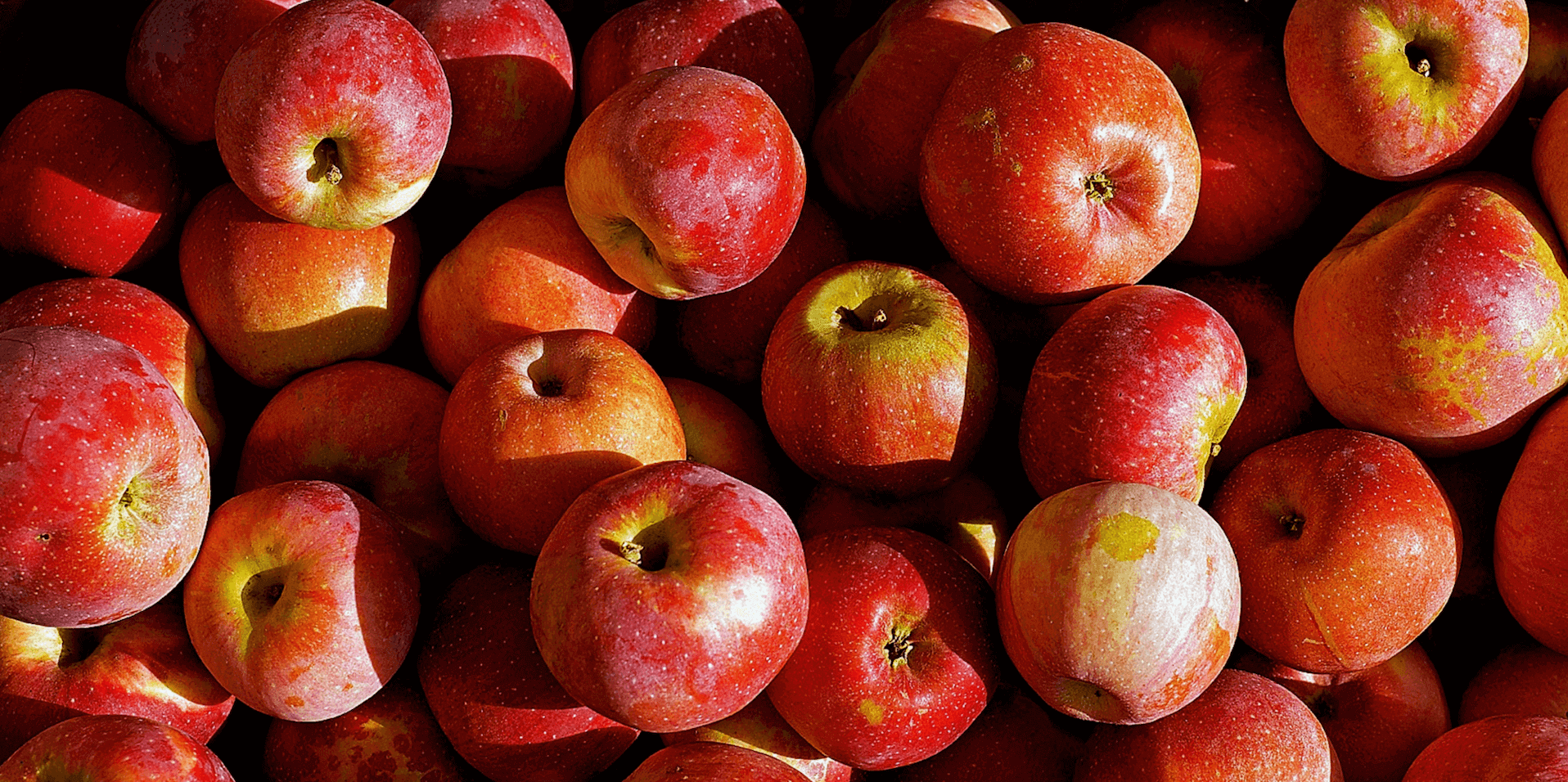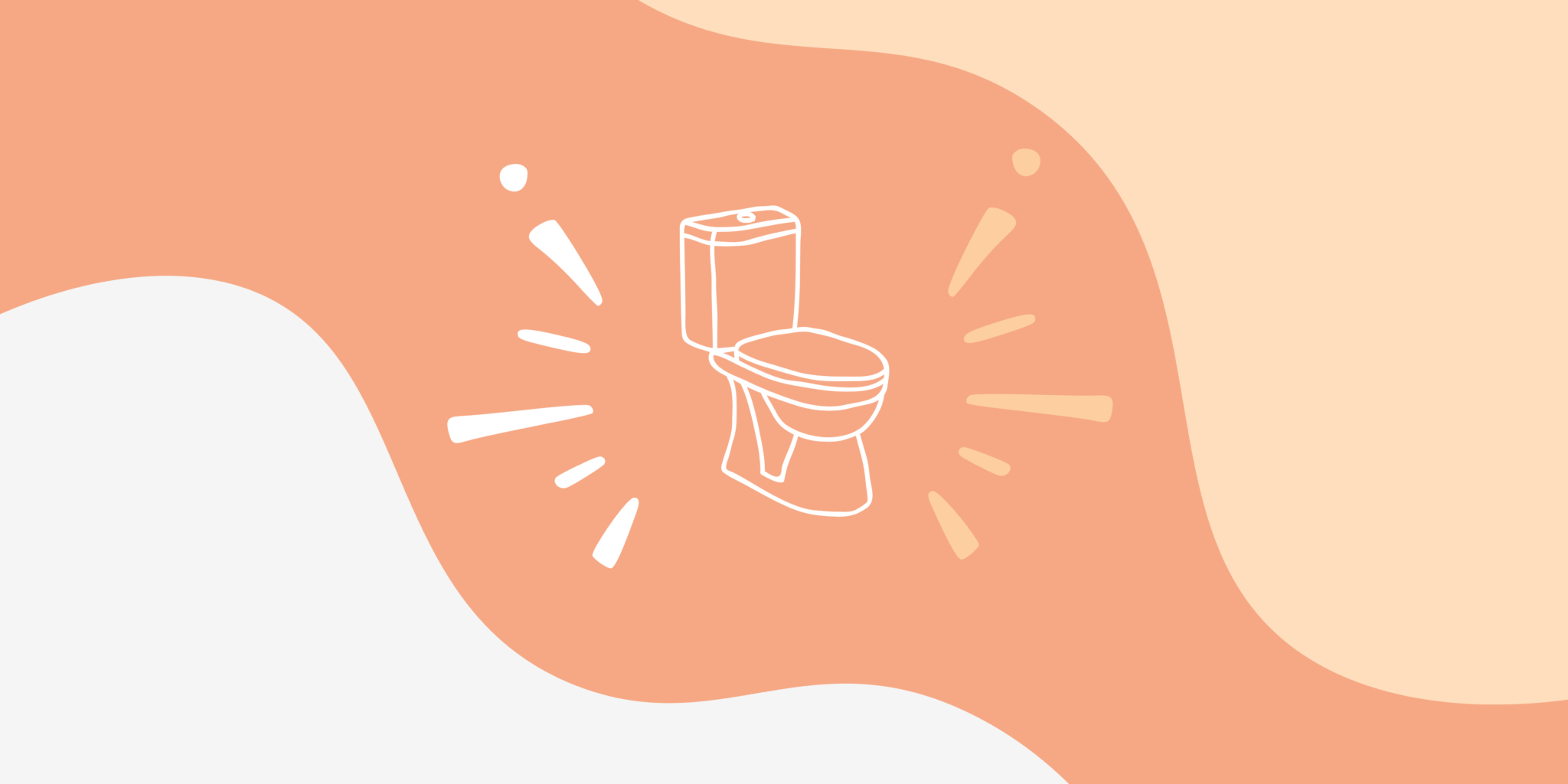
Lactose and IBS
Lactose intolerance is almost a normal condition for some of the world’s population, and milk products are not used as much in large parts of the world. In lactose intolerance, there is insufficient enzyme activity of the enzyme lactase in the intestine to break down the lactose you eat into smaller components.
Most lactose intolerant individuals can tolerate a small amount of lactose (about 3-5 g per day). This means they can handle, for example, cooking cream and crème fraîche and only need to replace the major sources like milk, yogurt, and sour milk. Lactose free butter is rarely needed because there is so little lactose in butter. A common misconception is that cheese contains lactose, which is not true. Common hard cheese, regardless of storage time, is always lactose free.
Why do we become lactose intolerant?
Small children have an active enzyme activity that breaks down lactose found in breast milk. This enzyme activity normally decreases as we get a little older and are considered not to need as much of this drink anymore. In the northern countries, it seems that there are some adaptions made in the bodies to be able to break down larger amounts of lactose even as adults. This results in more tolerance of larger quantities of dairy products than in many other countries.
Have you also heard that you risk becoming lactose intolerant if you eat lactose free? It is a common misconception that does not apply to the vast majority. The body adjusts lactase production based on the amount of lactose to break down. If you eat more lactose, production increases again. This applies to everyone who is not definitively intolerant or does not have the lactose intolerance gene. In the latter case, there is a high probability that production would have decreased regardless of lactose intake.
Even if you are not lactose intolerant, the lactose molecule can act as a FODMAP in IBS, contributing to filling the “bucket.” In a Norwegian study (Neurogastroenterology & Motility 2014), patients with IBS who drank 10 g of lactulose (a solution with lactose) developed significantly more symptoms with gas and an abnormal fluid accumulation in the small intestine than healthy individuals did. The cause is believed to be, among other things, impaired motor function in the small intestine. During the elimination phase, it is essential to exclude lactose and completely empty the “bucket” of any potentially disturbing foods. Once the elimination phase is completed, you can reintroduce foods to see which ones you are more sensitive to.
If you have not previously experienced lactose causing noticeable discomfort, we usually suggest that during the reintroduction, you start by reintroducing the lactose group. If you experience symptoms, you know that lactose will probably contribute to filling your “bucket” with FODMAPs during the day, and you should then return to choosing lactose-free products. It may be that fermented products or a little cream work better as they have a lower lactose content than a large glass of milk. If symptoms do not occur, you do not need to eat lactose-free.
Discomfort despite lactose free
Some patients find that even lactose free products cause discomfort. In this case, it is probably not lactose that is the culprit but possibly the additive carrageenan E407 (extract from red algae). Some lactose free products and leaner cream varieties contain carrageenan as a thickening agent. However, it is relatively few of all with IBS who react to carrageenan, so it is not something we recommend focusing on initially. Some with sensitive stomachs instead react to milk protein. In that case, you can try excluding all dairy products for a few weeks and see how it feels. You can replace these with oat products.
Sofia Antonsson
Reg. Dietitian, Belly Balance
Take control of your IBS today!
Ready to reclaim your life from IBS? Our app provides the tools and guidance you need to manage IBS effectively.
Download the App



